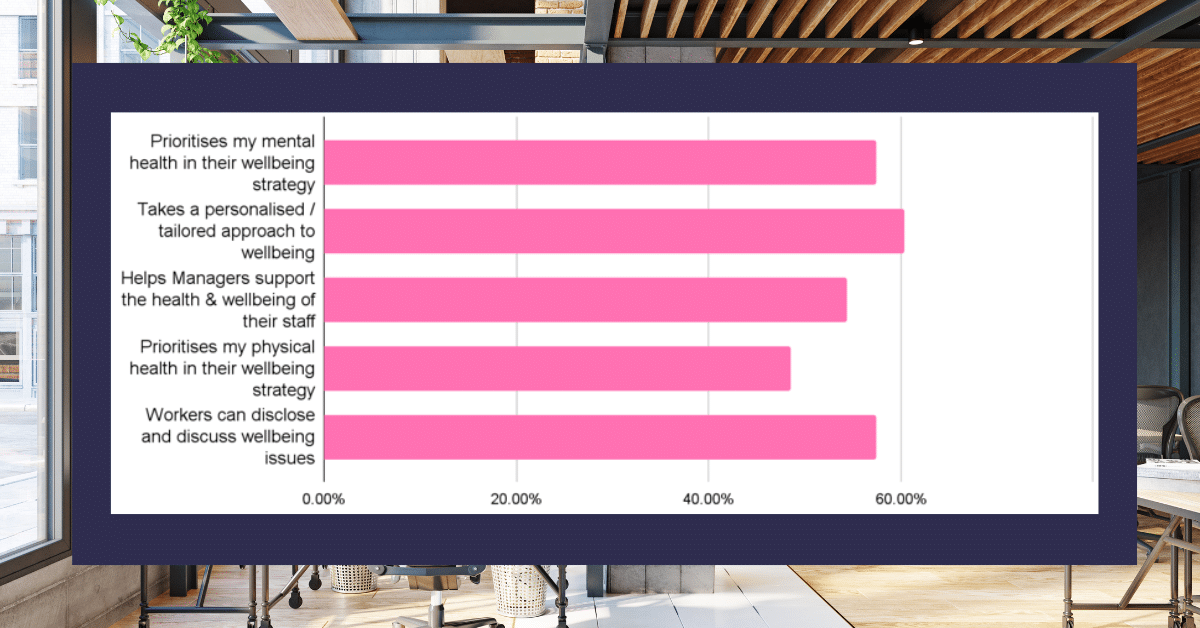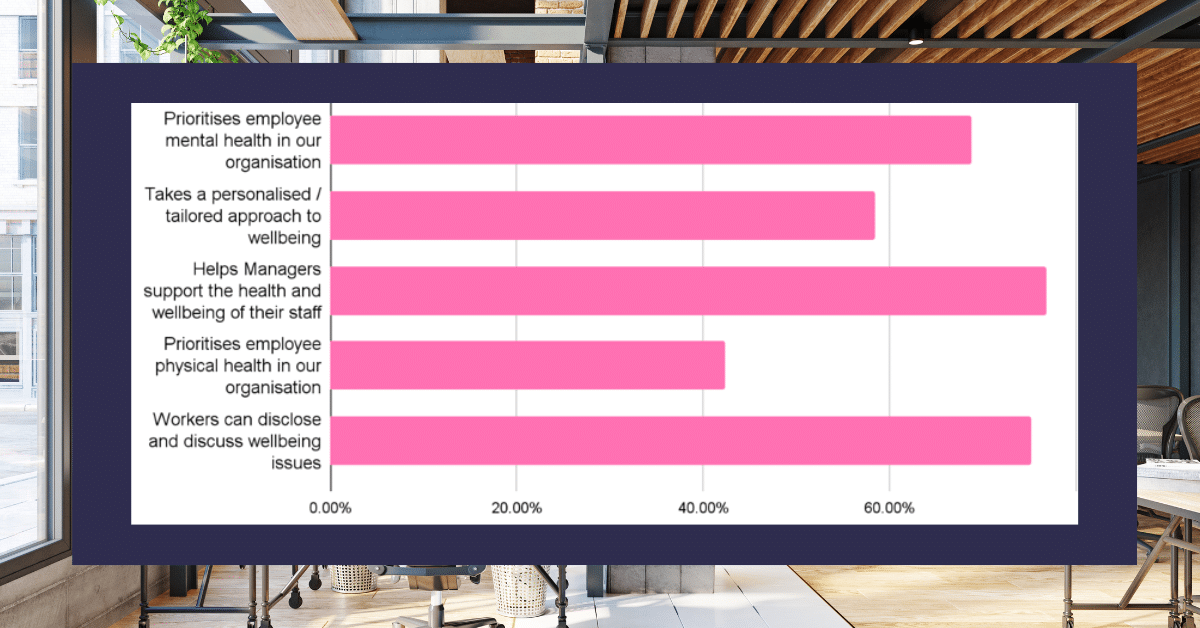Current Recruitment Trends Employers Need to Know
When undertaking our popular Salary Survey, we do a deep dive into the data and analyse factors affecting all aspects of recruitment in our area. Alongside uncovering salary benchmarks – we also explore trends and themes such as candidate and employee priorities, workplace culture, flexible working, benefits, and more.
Here are our five key observations from the survey interviews and our wider data set sourced from the CMA 2022/23 Salary Survey.
About the data: The survey results are collated from over 500 data points across the Solent and Thames Valley regions.
1. High competition for talent continues
With over 1 million job vacancies and the lowest employment levels (3.5%) for over 50 years, employee attraction and retention is challenging. The number of unemployed people per vacancy remains at an historic low of 1. This directly impacts the cost of recruitment and retention as employees become harder to retain.
Remuneration
Remuneration may not be the most important factor for all candidates, but more than three quarters (76%) of job seekers consider pay as one of their top two priorities when assessing a new role. Flexibility and culture complete the top three.
“Salary is the most important factor for job seekers when considering a new role. Employers need to be able to articulate their approach to flexible working, progression and how they create a positive culture.” – Richard Dibden, CMA Commercial Director
2. Hybrid working has become standard
There is an expectation that an organisation will now offer a flexible and hybrid solution, with the majority of employees ranking this as equally as important as pay. Reasons behind this relate to the cost and time of commuting and the contested point around increased productivity.
The majority of employers and employees agree that communication and team relationships are negatively impacted by the increase in home working (69% and 61% respectively).
Despite this, many employees believe that remote working increases their efficiency and productivity – 65% of employees see this as one of the biggest benefits of working from home more, while 80% of employers saw greater work / life balance as the main perk of increased home working.
We found that 96% of employers now offer a hybrid working environment, with 69% of these offering either two or three days working from home. Only 4% of employers remain 100% office based which is largely sector related.
3. Broadening definition of the employee value proposition
Employee value proposition is becoming more important as unrealistic salary inflation is deemed unsustainable for the majority of employers – and employees are seeking more meaningful and life-compatible jobs which are personally rewarding.
“The survey shows a disconnect with regards to other factors, with employee flexibility needing greater employer consideration.” – Alasdair Risk, CMA Head of HR Division
Almost half (44%) of employers have seen an increase in employees leaving in the past 12 months, which mirrors the appetite for employees seeking to move (54%). With this in mind, 85% of employers believe now is a challenging time to be hiring a new employee, with only 6% stating it was an excellent time to be hiring.
4. Investing in team development is critical
Are employees clear on what is required in order to progress? 62% of employers and 51% of employees believe that they are. Therefore 38% of employers and 49% of employees are not.
If this is a key consideration for current and future employees, so perhaps it should have a greater focus from employers.
We have seen that a high percentage of organisations are creating clear career paths for employees and providing development opportunities, hoping that by upskilling employees they will be able to address current attraction and retention difficulties.
“There is consensus between employer and employee that better pay and progression prospects are two important retention tools.” – Richard Dibden, CMA Commercial Director
5. Employee attraction is about more than pay and benefits
Even with our findings on pay – employer brand is more important than ever with perception of employer ranking more highly than previous years. Organisations are focusing on website and social media, improving work environments, promotion of their employee value proposition, alongside pay and benefits increases and hybrid working practices.
“Employers who do not value salary, or prioritise other aspects over this may find their employee attraction more challenging.” – Richard Dibden, CMA Commercial Director
Through the survey, we have seen a minor disconnect between employer perception versus employee experience when considering employee wellbeing.
61% of employees felt their employer takes a personalised approach to their wellbeing, versus 58% of employers who believed this of their organisation’s offering. Just over two thirds (68%) of employers felt that their organisation prioritised employee mental health, while 58% of employees felt this prioritisation from their employer.
EMPLOYEE: My employer’s approach to wellbeing (physical and mental health):
EMPLOYER: Our organisation’s approach to wellbeing (physical and mental health):
“We can see evidence of clear connection between organisational approach, line manager approach and employee experience.” – Neil Phillips, CMA Managing Director
These trends tell an interesting story about the state of play for businesses in our region, giving keen insight into the priorities for employees (and candidates) – and in turn what should be the focus for employers. What’s your organisation’s approach to these key findings? Is there anything you will now be prioritising as a result of these results?




